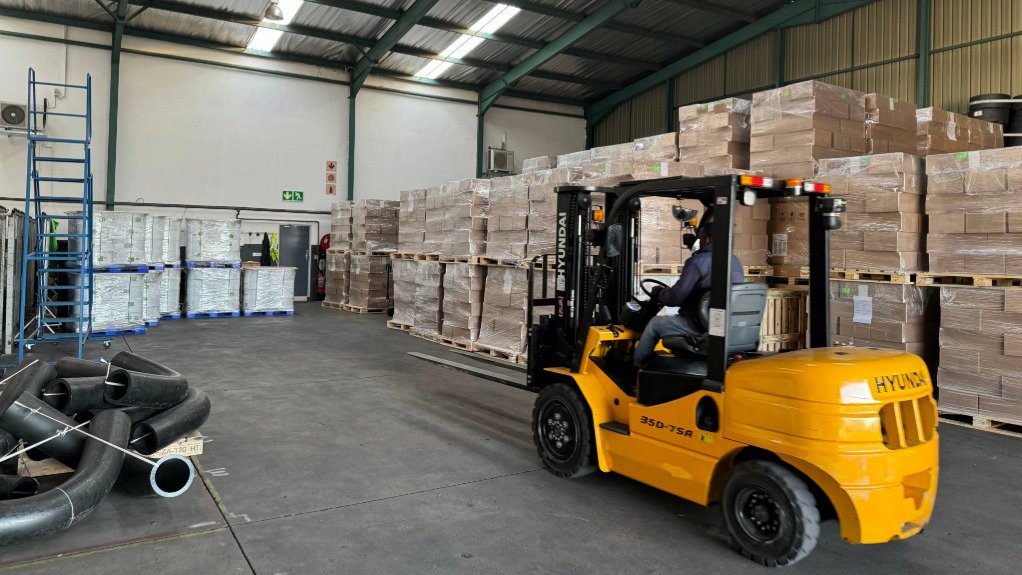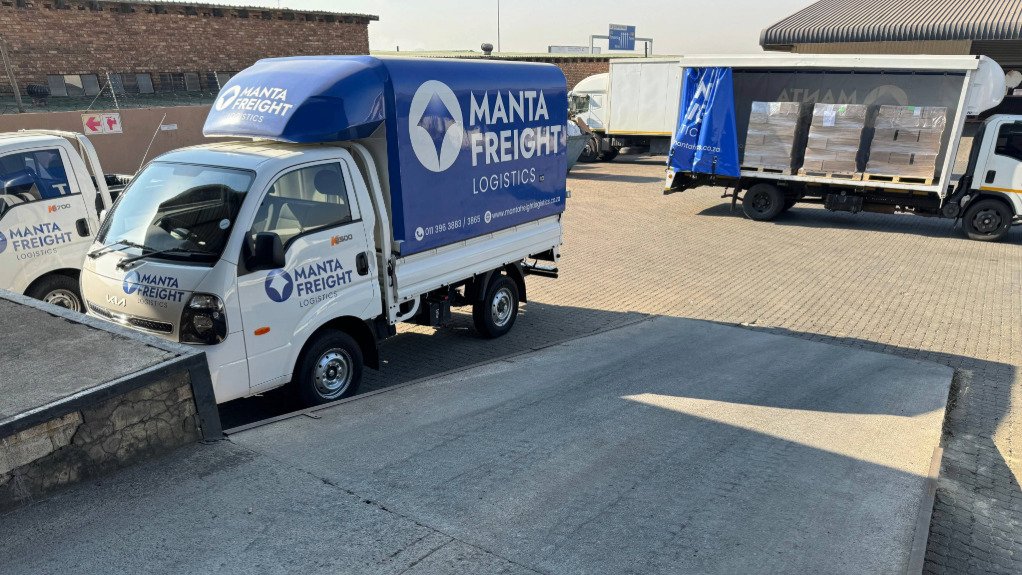With larger multinational companies moving towards digital platforms, freight forwarding service Manta Freight Logistics advises that, despite the advantages of digital platforms, it increases the workload of clients.
Logistics companies are attempting, where possible, to implement technology to leverage digital platforms, automation and data analytics, usually through third- party vendors to ensure that they have the best possible contingency plans in place, explains Manta MD Michael Tziranis.
Such plans are necessary in the event of unexpected issues, such as natural disasters, to keep logistics operations running smoothly.
“Digital platforms are comprehensive platforms [through which] a logistics company is able to manage its freight, but there is the expectation that the importer or exporter (customer) will make the bookings and complete the clearing instructions,” Tziranis points out.
However, he warns that, depending on the platform, there is the additional expectation that the customer will know all the different incoterms – rules set out by the International Chamber of Commerce – and the risks associated with bookings.
This is an issue for many of these customers, as engineering or mining, besides others, are the core of their business, but “they are suddenly expected to handle complex global incoterms while navigating the associated risks”.
Tziranis adds that the general experience of Manta clients is that such tasks are arduous and time-consuming, as it takes time to understand these digital platforms. Consequently, Manta aims to keep its logistics approach simple.
Manta’s offering includes a few interactive digital tools that enable clients to track and trace a shipment using a digital platform, but Tziranis notes that the platform’s simplified dashboard “does not provide the complete picture”.
Therefore, if there is a change in the shipping situation, such as a vessel departing, the company will advise clients, either by email or through a status report, as and when there are vessel changes owing to blank sailings or changes in vessel rotation as dictated by a shipping line.
He comments, “. . . the focus is on communicating directly with the client, and in that way, we are able to provide them with a full service and a real, hands-on, old-school approach”.
This approach allows for clients to be excluded from the process, with the exception of confirming the tariff headings and signing-off on clearing instructions, Tziranis highlights.
The Manta Freight approach includes preparing the documentations, verifying that the cargo is correct, making transportation arrangements with customs clearance, tracking the cargo and ensuring that the shipment is delivered to the destination in “excellent” condition.
Although clients’ involvement in this approach is minimal, the “clear lines of communication” ensure that they are aware of their cargo’s movement, he concludes. ![]()







